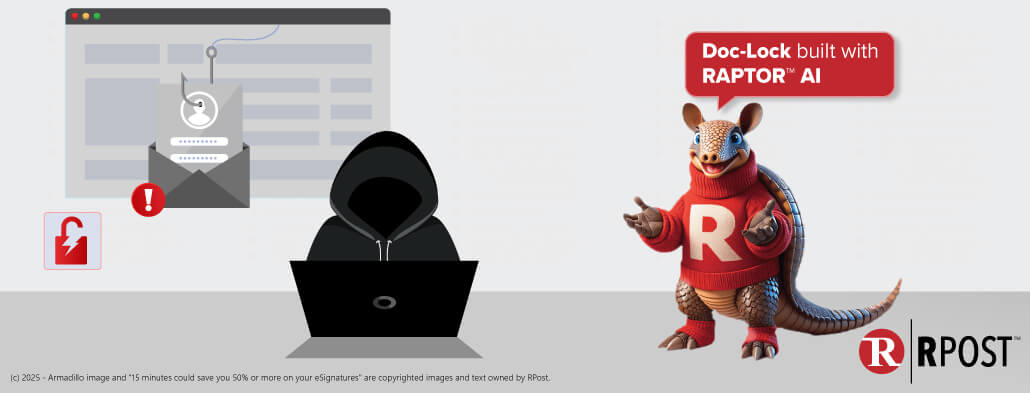
It’s amazing to me how long it took “unsending” to go mainstream. Apple, for example, rolled out unsending for text messages and emails just this fall. If you tried out this feature recently on one of your Apple devices, you likely realized that it’s really just pausing the actual send for 10 seconds or so (users can define other increments of time). Once the email is actually sent after the pause period, it’s out there in the wild like any other email.
I know people who have been clamoring for true email unsending since the dawn of email itself. Just think of how many rash, career-limiting missives (and jobs) could have been saved over the years. I guess the question then becomes would we really want that sales rep who referred to you as an “easy mark” in an email to his boss (cc’ing you by accident) to remain in his job anyway? But that’s a discussion for another time.
We all at one time have sent the wrong document or the right document to the wrong person. To err is human, and to err in email and texting has obviously existed since the dawn of these technologies; there’s been plenty of opportunity for a miscue. If you ever received a “recall” email notice, you also know that it recalls nothing – if you are not in the same network. Essentially, the Outlook recall feature is worse than useless if you mistakenly sent a document to an outside party – it sends (1) the original message and then (2) a follow-up message alerting you to the fact that the original sender mistakenly sent the first message, then (3) a third message which is the supposed corrected message. The lure to look at the first message (mistakenly sent) is just too great for the human mind to forego.
Recall alerts only seem to alert people that there’s an errant email out there with some potentially juicy details that were not meant to be shared with the recipients. My own unscientific survey on the subject revealed that 99% of emails that were “recalled” but were still available for reading wound up getting read — sometimes even more carefully than the corrected one.
But I’m happy to say that there now is a better way!
We at RPost are true auteurs in the art of unsending messages. Think of us as the Rembrandts of recall, the Michelangelos of messaging. Yes, you and your teams are now able to erase what might have been already sent — regardless as to whether the recipient has viewed, forwarded, downloaded, or saved the document.
You’ve heard about the new and cool in RMail, for email security. And, we’re sure you’ve heard about RSign with its feature-richness and inflation hedging massive cost savings.
Now, there is RDocs, what we call D-Security. This new technology puts security and controls right into the document itself; independent of how the document is shared by email or otherwise; and it does not require any companion software for any viewer of the attached document. To viewers, it’s just like viewing a PDF. However, the originating sender has a powerful control panel that lets them see who is viewing what, when, where, and also lets them restrict or cancel viewing at any time; wherever the document may be. Think…
Know More: Document Control
Any industry relying on sensitive documentation will find these features invaluable, especially law firms and corporate executives dealing in sensitive business information. Think about the power of data rooms and shared online folders, but without the need for a data room or online folder.
We’re offering RDocs free to our RMail and RSign user community through the end of the year, RDocs will be generally in all our markets and channels come January.
Join our next RDocs product introduction webinar on December 14th (register here) and see how we’ve made unsending messages and killing documents an art worthy of placement in the Louvre. Mark our words — this will be one of the biggest tech trends in 2023. You heard it here first at Tech Essentials 😊.

April 25, 2025

April 17, 2025

April 11, 2025

April 04, 2025

March 28, 2025